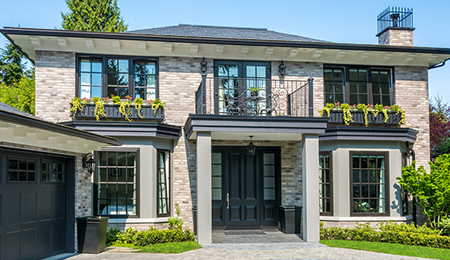Today, I cover what is considered a defect in a property home inspection. Home inspections often take buyers and sellers by surprise, so knowing this information will help you prepare for the process!
According to the WB-11 Residential Offer to Purchase, a defect is a condition that would have a significant adverse effect on the value of the property; that would significantly impair the health, safety, or future occupants of the property; or that if not repaired, removed, or replaced, would significantly shorten or adversely affect the normal life of the premises. Here are some examples:
- Plumbing: This includes leaks and code violations.
- Electrical: If too much power is put to one circuit or if there is illegal wiring, etc.
- Furnace: If you have a crack in the heat exchanger.
- Basement: Cracks in walls or seepage would qualify as defects.
- Roof: Missing shingles is a common defect.
What items are not considered defects? Here are a few examples:
- Cosmetic: Peeling paint, for instance.
- Old systems: Older furnaces, water heaters, and other appliances aren't defects if they're still functional.
- Old roof: The life expectancy of many roofs are 25-30 years, or more in some cases.
Defects that show up on a property inspection need to be disclosed to any other purchaser who might be interested in your home. If you have any questions about the inspection process, or if you need real estate assistance of any kind, give me a call or shoot me an email. I would love to give you a hand!




